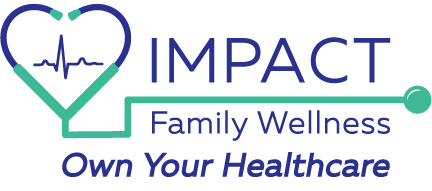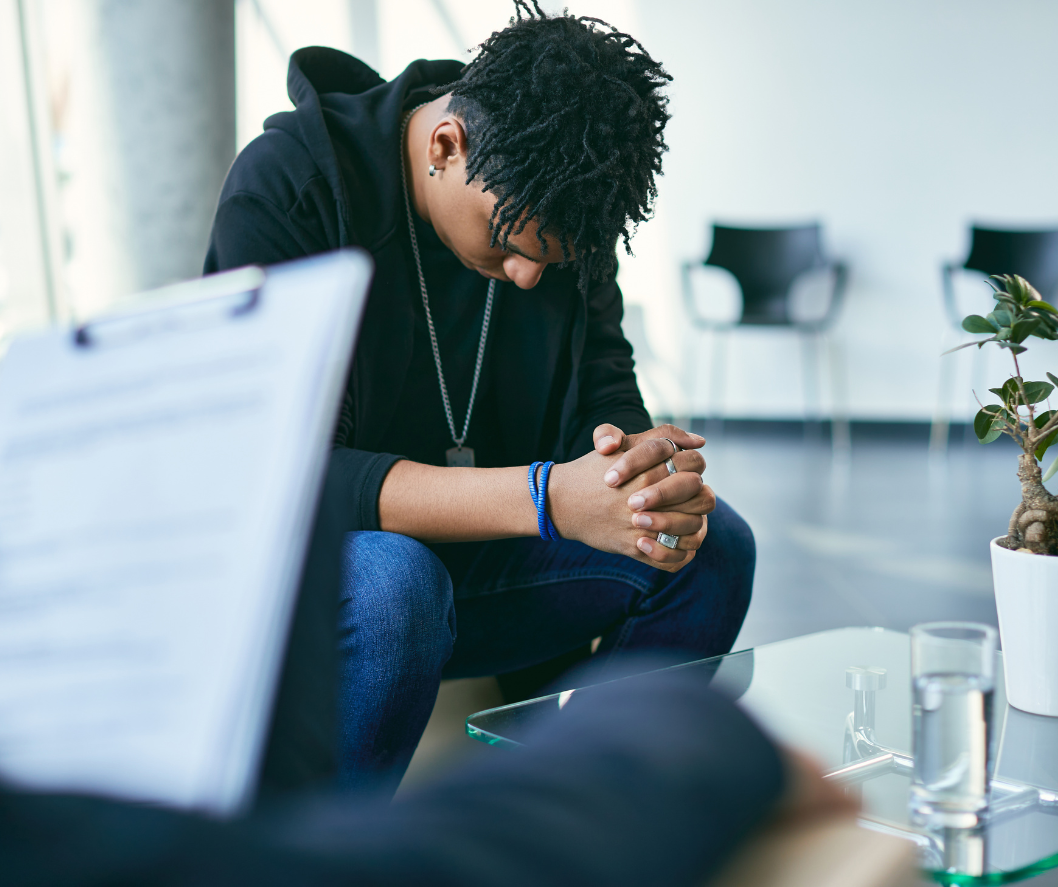Impact Family Wellness Honors Local Nurses for Exceptional Community Care
In celebration of the dedication and compassion nurses bring to their patients and communities, Impact Family Wellness is proud to honor local nurses serving Cedar Park, Liberty Hill, and Thorndale. As a Direct Primary Care (DPC) practice founded and led by Family Nurse Practitioner Monica McKitterick, the clinic understands firsthand the impact nurses make in transforming everyday healthcare.
“Our nurses are often the first to listen, the last to leave, and always the ones advocating for their patients,” said McKitterick. “At Impact Family Wellness, we’ve built our practice on those same principles—accessibility, trust, and care that goes beyond the chart. This recognition is just a small way to say thank you to the nurses who live those values every day.”
Throughout this recent National Nurses Week and beyond, Impact Family Wellness is spotlighting nurses across its service areas through patient stories, staff highlights, and small tokens of appreciation. Whether in primary care, hospitals, schools, or home health, these nurses are often the backbone of a patient’s journey to wellness.
Community members who want to show their support can consider:
- Participating in National Nurses Week events like “Nurses Light Up the Sky” to honor nurses' contributions.
- Volunteering at local clinics or hospitals to help lighten the load for nursing staff.
- Donating to nurse-focused fundraisers that support continuing education or wellness resources.
- Expressing gratitude through personal gestures—such as thank-you notes, care packages, or meals.
Nurses align naturally with the DPC model because they prioritize building relationships, understanding patients’ unique needs, and providing timely, judgment-free care. In rural and suburban communities alike, their contributions help close gaps in the healthcare system—especially for those navigating chronic conditions or lacking access to affordable care.
The team at Impact Family Wellness invites patients, families, and community members to join in recognizing the incredible nurses around them. Whether it’s a thank-you message, a shared memory, or a heartfelt compliment, every gesture counts in honoring the people who make healthcare more human.
About Impact Family Wellness
Impact Family Wellness is a Direct Primary Care (DPC) practice dedicated to providing personalized, patient-centered healthcare in Cedar Park, Liberty Hill, and Thorndale, Texas. Founded by Family Nurse Practitioner Monica McKitterick, the practice offers affordable, accessible care without the constraints of traditional insurance. Through the DPC model, patients receive direct access to providers, longer appointment times, and transparent pricing. For more information, visit
impactfamilywellness.com/.










